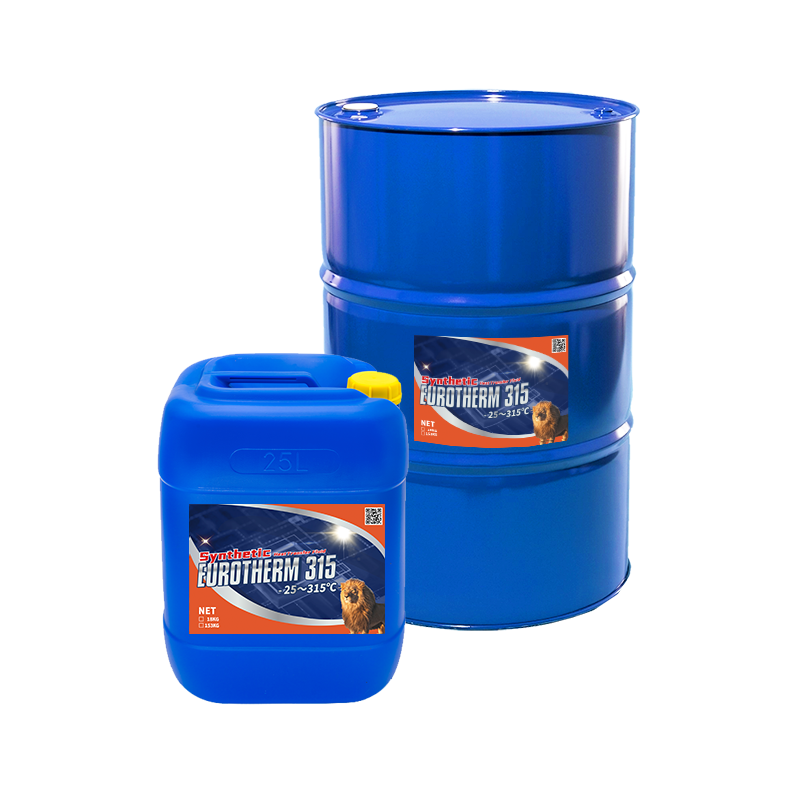The 20-Second Trick For Chemie
The 20-Second Trick For Chemie
Blog Article
See This Report on Chemie
Table of ContentsChemie - The FactsThe Single Strategy To Use For ChemieChemie Fundamentals ExplainedAn Unbiased View of ChemieTop Guidelines Of ChemieChemie Things To Know Before You Get This
By Bojanna Shantheyanda, Sreya Dutta, Kevin Coscia and David SchiemerDynalene, Inc. Fluid air conditioning, which can be accomplished using indirect or straight methods, is made use of in electronic devices applications having thermal power densities that might surpass risk-free dissipation through air cooling. Indirect liquid air conditioning is where warm dissipating digital elements are physically separated from the liquid coolant, whereas in case of direct air conditioning, the components are in straight contact with the coolant.In indirect air conditioning applications the electrical conductivity can be important if there are leakages and/or spillage of the fluids onto the electronic devices. In the indirect cooling applications where water based liquids with deterioration inhibitors are generally made use of, the electric conductivity of the liquid coolant mainly relies on the ion concentration in the liquid stream.
The boost in the ion concentration in a closed loop fluid stream might take place as a result of ion leaching from metals and nonmetal parts that the coolant fluid touches with. During procedure, the electrical conductivity of the liquid may raise to a level which can be harmful for the air conditioning system.
Chemie - Truths
(https://truthful-shrimp-nd4j6l.mystrikingly.com/blog/dielectric-coolant-and-heat-transfer-solutions-by-chemie)They are grain like polymers that can exchanging ions with ions in a solution that it is in contact with. In the here and now work, ion leaching examinations were done with numerous steels and polymers in both ultrapure deionized (DI) water, i.e. water which is treated to the highest degree of pureness, and low electric conductive ethylene glycol/water mixture, with the measured adjustment in conductivity reported with time.
The examples were enabled to equilibrate at area temperature level for 2 days prior to tape-recording the preliminary electrical conductivity. In all examinations reported in this research fluid electrical conductivity was determined to an accuracy of 1% using an Oakton CON 510/CON 6 collection meter which was calibrated before each dimension.
What Does Chemie Do?
from the wall surface heating coils to the facility of the heater. The PTFE sample containers were put in the heater when stable state temperature levels were gotten to. The test setup was removed from the heating system every 168 hours (7 days), cooled down to room temperature with the electrical conductivity of the liquid gauged.
The electrical conductivity of the fluid sample was monitored for a total of 5000 hours (208 days). Figure 2. Schematic of the indirect closed loop cooling down experiment set up - therminol & dowtherm alternative. Table 1. Elements used in the indirect closed loop cooling experiment that touch with the liquid coolant. A schematic of the experimental setup is shown in Figure 2.

The 8-Minute Rule for Chemie
The change in fluid electrical conductivity was kept track of for 136 hours. The fluid from the system was collected and stored.

0.1 g of Dowex resin was contributed to 100g of fluid examples that was absorbed a separate container. The blend was stirred and change in the electrical conductivity at space temperature was gauged every hour. The gauged modification in the electrical conductivity of the UP-H2O and EG-LC examination liquids including polymer or steel when immersed for 5,000 hours at 80C is shown Number 3.
Indicators on Chemie You Need To Know
Ion leaching experiment: Calculated change in electrical conductivity of water and EG-LC coolants including either polymer or metal examples when submersed for 5,000 hours at 80C. The results show that steels contributed fewer ions into the liquids than plastics in both UP-H2O and EG-LC based coolants.
Fluids having polypropylene and HDPE displayed the most affordable electrical conductivity adjustments. This look at here could be due to the short, inflexible, linear chains which are much less most likely to add ions than longer branched chains with weaker intermolecular forces. Silicone also carried out well in both examination liquids, as polysiloxanes are normally chemically inert because of the high bond energy of the silicon-oxygen bond which would certainly protect against destruction of the material right into the liquid.
Examine This Report about Chemie
It would be anticipated that PVC would certainly generate similar results to those of PTFE and HDPE based on the comparable chemical structures of the materials, however there may be various other contaminations present in the PVC, such as plasticizers, that might affect the electric conductivity of the liquid - inhibited antifreeze. Furthermore, chloride groups in PVC can also leach right into the test liquid and can trigger an increase in electric conductivity
Buna-N rubber and polyurethane revealed signs of deterioration and thermal decay which recommends that their feasible energy as a gasket or adhesive material at greater temperatures might result in application issues. Polyurethane entirely disintegrated into the examination fluid by the end of 5000 hour test. Number 4. Before and after photos of metal and polymer examples submersed for 5,000 hours at 80C in the ion leaching experiment.
Measured adjustment in the electric conductivity of UP-H2O coolant as a feature of time with and without material cartridge in the closed indirect cooling loop experiment. The gauged modification in electric conductivity of the UP-H2O for 136 hours with and without ion exchange material in the loophole is revealed in Figure 5.
Report this page